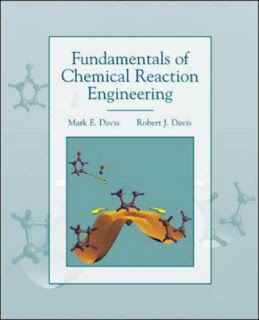 Industrial and Process Furnaces: Principles, Design and Operation
Industrial and Process Furnaces: Principles, Design and Operation
By Peter Mullinger, Barrie JenkinsDescription:
Industrial and Process Furnaces provides a comprehensive reference to all aspects of furnace operation and design, with coverage of key topics that plant and process engineers and operators need to understand, including the combustion process and its control, furnace fuels, efficiency, burner design and selection, aerodynamics, heat release profiles, furnace atmosphere, safety and emissions.
* Helps to understand complex heat and mass transfer and combustion problems
* Outlines the key elements of furnace theory for optimum design
* Shows how to achieve best possible furnace operation
* Practical, stepped approach breaks topics down to their constituent parts for clarity and easier solution
* Practical examples further assist in the analysis of real-world problems
Developed by authors with experience of a wide range of industrial applications, this book is written for chemical and process engineers, mechanical, design and combustion engineers and students. It is ideal for both task-based problem solving and more detailed analysis work.
* Up-to-date and comprehensive reference covering not only the principles of best practice operation but also the essential elements of furnace theory and design that are essential for engineers and all practitioners who use or work with furnaces, ovens and combustion based systems
* Invaluable coverage of all key process furnace applications; an ideal resource for chemical and process, mechanical, design and combustion engineers and students for both task based problem solving and more detailed analysis work.
* Takes a holistic, stepped approach to complex heat and mass transfer and combustion problems, breaking topics down to their constituent parts for easy understanding and solution
* Case studies and practical examples further assist in the application of complex analysis to real-world problems
* Unlike other books written specifically on combustion or furnace operation, this book covers all aspects of furnace and combustion operation, including the combustion process and its control, furnace fuels, efficiency, burner design and selection, aerodynamics, heat release profiles, furnace atmosphere ad emissions, and brings all these elements together to show how to achieve optimum design and operation.
* Practical chapters on fuel handling, furnace control, emissions control and regulations, construction and maintenance practice ensure that this book provides the most comprehensive single reference on Industrial Furnaces available







.jpg)










.jpg)






